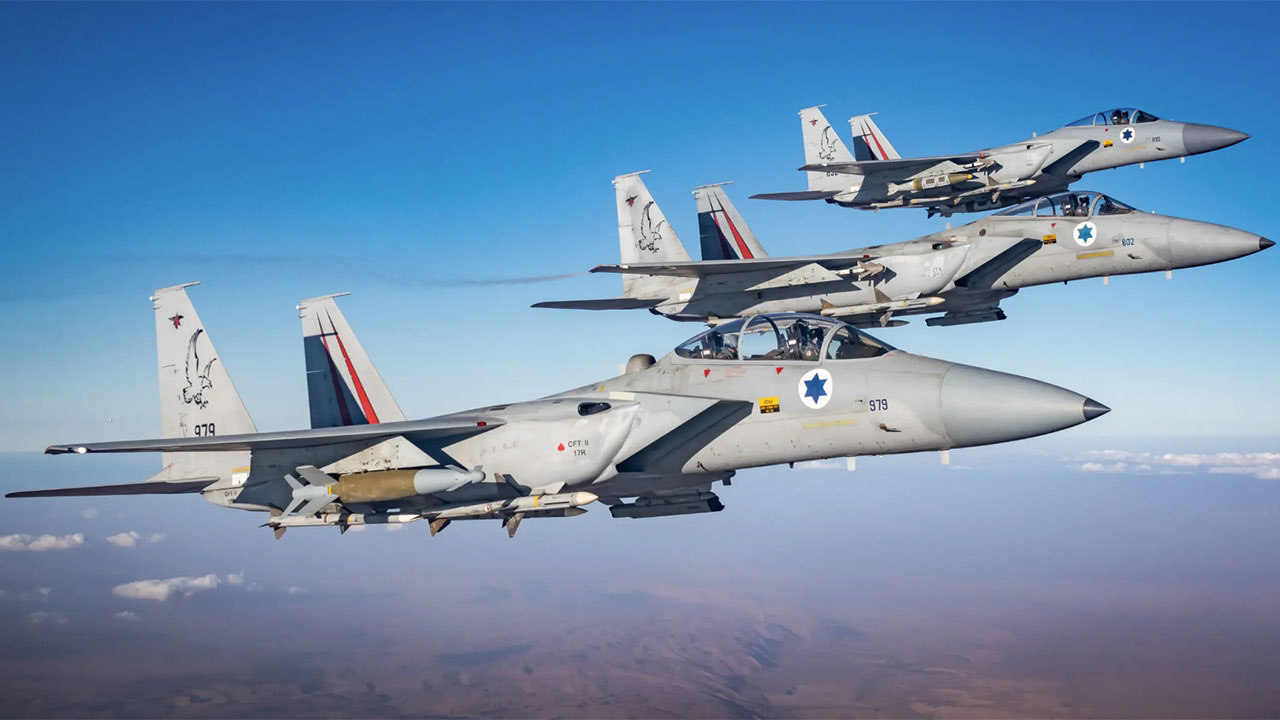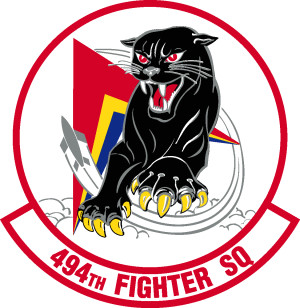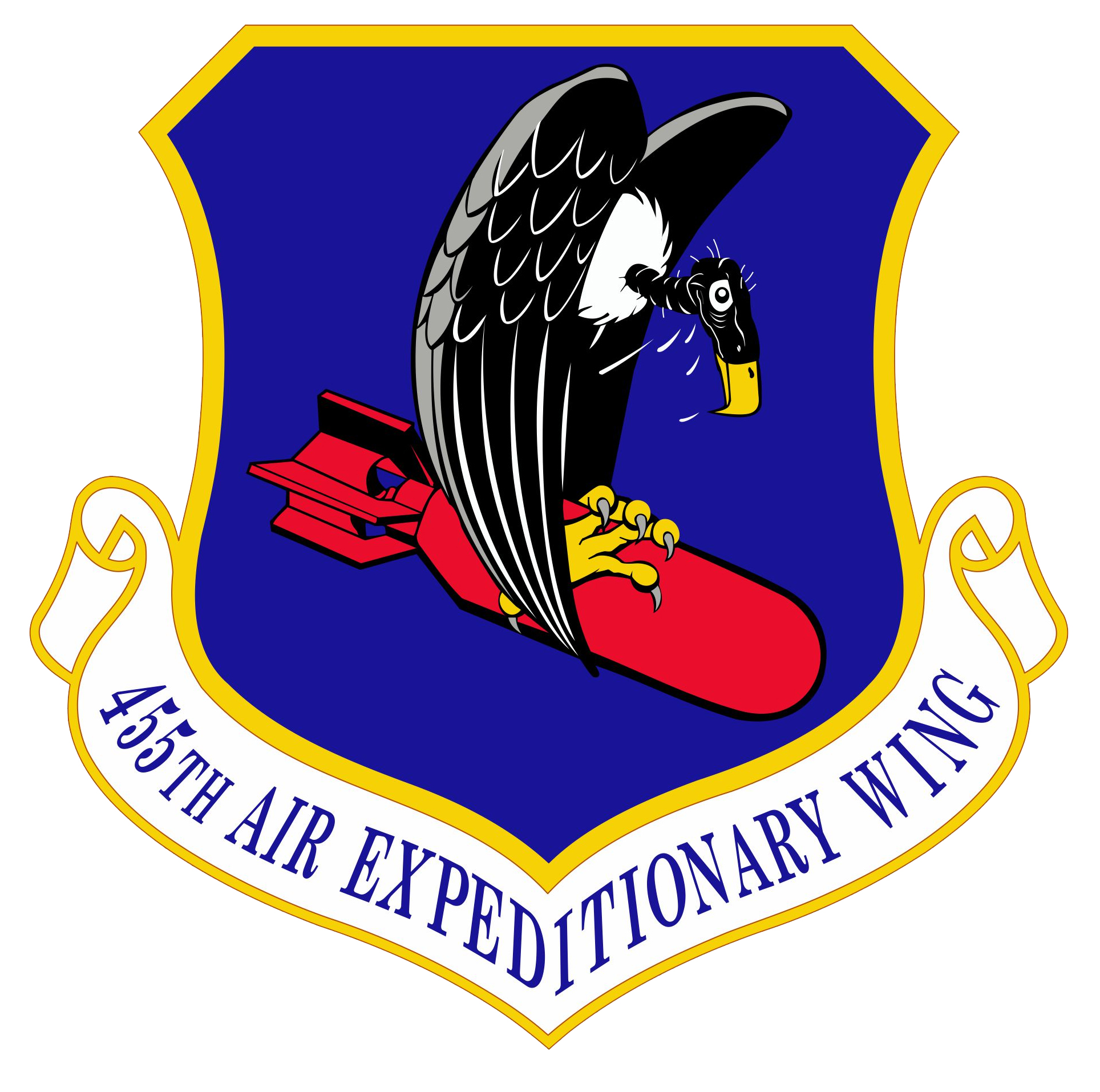OPERATION RIVER RUNOFF

DATE: 18/12/2024
TIME (GMT): 19:00
ERA: Modern
MAP(S): Persian Gulf
TYPE: COOP
GAME: DCS
EVENT: Official
AUTHOR(S): Berg
SLOTS: 14 / 20
MEDICAL LEVEL: Basic
MEDICS SETTINGS: Normal
PREVENT INSTANT DEATH: No
LIVES: 2
DAMAGE RESISTANCE: 3
RESPAWN WAY: Respawn on airfield
ENEMY DIFFICULTY: Hard
RATING:
Operation River Runoff or the “3 days tanker battle” was part of an short-timed
NATO Military defense mission against Iranian air and naval forces from February 28th until
March 3rd of 1997 on oil tankers that were crossing the Strait of Hormuz. The operation was
a mass escort operation guided by US and British Forces in order to protect the vessels due
to threats by Iranian forces to try gaining power and influence by controlling the canal and
disrupting logistics which would end up creating a crisis that would affect everyone. Inspired
by their former enemy at the “Tanker War” in the 80s when Iran used the same strategy to
disrupt Iranian logistics in the past.
Due to tensions at the middle east and rebel forces in Iran being financed by Russia
towards russian PMCs that were aligned to the now former Soviet Union for what our intel
could give us. The reason for the attack wasn’t clear but trying to disrupt logistics in the
middle east and the group responsible for the attacks were claimed to have affiliations with
Hezbollah, although due to the amount of alliances formed it wasn’t possible to directly
accuse a culprit.
With rivalry increasing with the proxy conflicts that were being supported and slowly
escalating, USMC worked to neutralize enemy incursions that would endanger the oil
tankers during their crossing at the Hormuz canal. USMC would supply the tankers with
aerial escort with the CVN-71 Theodore Roosevelt carrying the VF-211, the DDG Arleigh
Burke Class Destroyer and the USS Ticonderoga CG-47 Cruiser Class to neutralize small
speed boats and enemy aerial forces that would consist of multiple aerial vehicles, mixed in
different squadrons. Enemy ground forces will also be on high alert with AAAs and SAM
sites positioned near the coast.
Days before the operation a pair of F-14s took off from Theodore Roosevelt at 0430
hours on a routine patrol near Qeshm Island which seemed to be decommissioned. But
upon further approach they were immediately spotted by enemy radars and intercepted by a
pair of Iranians F-4s which unadvisedly fired against the F-14s which merged into a dogfight
and successfully shot both of them down. As news went worldwide there hasn’t been any
engagements since Desert Storm Operation on Iran-Iraq war. UN would intervene for a
pacific approach but since Iranian omitted about the situation as a misunderstood and that
the Island was deactivated, causing rufus and accusing US from engaging without a
coherent reason, heat escalated but was immediately cooled down as a conflict seemed
inconvenient and unnecessary since world was on a route for peace since Cold War had
already ended and the World was ahead of a new era. Still small skirmishes were still an
issue to be resolved due to the crisis in smaller countries that were supported by the former
USSR and had no longer its support, relying on other groups for their survival.
On the day before the first day of the operation a small group of speed boats engaged on
a Turkish Cargo Vessel was engaged by at the moment unknown speed boats which at first
were at first misjudged by being a pirate boat that mistakenly attacked the cargo ship at
0230 hours thinking it was an oil tanker that coincidentally just came out of Kharg Island after
resupply and was heading back to the Suez Canal, crossing near Qeshm Island. As 2 crew
members of the vessel were dead and 3 were injured in the conflict, a distress signal was
given as the DDG Arleigh Burke Class Destroyer was nearby on a routine patrol after the
dogfight incident a few days before.
After coming for aid and sending a Seahawk for support
along a few boats with marines to intercept and help the Turkish ship, they were immediately
fired on but managed to destroy 4 of the 6 speed boats. Upon closer inspection it was seen
that 2 of the boats that were still not sunk were carrying the Iranian flag which raised
suspicions since the F-4s shot down days before were also from Iran and they were acting
aggressively towards. A conference was immediately held at the UN headquarters where
Iranian representant again refused to give further explanation on Iran being involved with the
situation, but right before the conference ended, there was given a red alert since multiple
iranian Mi-8 helicopters alongside half-dozen iranian SU-25s struck more than 5 oil tankers
that were crossing at the Hormuz Strait and the iranian representative was escorted out of
the room without any explanation, now putting everyone else on high alert.
On the first day of the operation USMC provided support to each and every vessel that
would cross the strait with the support of the Royal Navy. It was noticed that more than 20
speed boats rushed towards the oil tankers on the canal, trying to evade being sunk, along
several Iranian aircraft that managed to strike a few with only one vessel being sunk. No
USMC and Royal Navy ships were targeted. with most of the attackers being taken out of
combat and others fleeing from the scene. The situation quickly escalated as the Iranian air
force stepped in, causing the NATO vessels to ask Theodore Roosevelt for aerial support.
As the F-14s were spotted the Iranian air force retreated, but not without losing some of its
SU-25 and Mi-8s.
On the second day of the operation the same repeated, but as the F-14s were called to
give support they were engaged by a few Iranian F-4s, F-5s and Mig-21s, not more than 8 in
total of Iranian aircraft. Iranian losses were severe on this day, losing almost every single
aircraft on the engagements that took more than 3 hours to end.
On the third and last day it was the major offensive where Iran threw most of its arsenal
on the table with more than 20 aircrafts in total, SAM sites and AAA positioned near the
coast to prevent more losses and a full military operation going on Qeshm Island. Aerial
threats were the major issue to be faced since their naval forces mostly consisted of speed
boats. The 494th Expeditionary Fighter Squadron alongside the 455th Air Expeditionary
Wing were called to step in and help defend every NATO vessel and tankers that would
cross the canal as they were the last group to be retreated, being the decisive and fateful
day to end the war.
Aerial Threat: High.
Ground Threat: Low (High if headed straight into Iranian territory beyond Qeshm Island).
Naval Threat: Low.
Enemy forces will be consisted of:
-Aircrafts (most with short-range capabilities but some with long range ones);
-Plenty of CAS units to engage, a few with air-air capabilities;
-SAM sites (if allied forces head beyond Qeshm Island and head straight to Iranian
continent);
-AAAs (Mostly with short range capabilities but still deadly if exposed for too long);
-High number of naval vessels but with poor firepower;
Main Objective:
-Engage hostile aircrafts targeting the oil tankers;
-Sink hostile speed boats targeting the oil tankers;
-Establish Air Superiority over the Hormuz Strait;
-Protect the tankers being escorted out of the strait;
You can join our event at least two hours before the starting time. Please consider filling Squads before taking a slot in an empty group. Please, don't forget to rate the event after it finishes!
 494th Expeditionary Fighter Squadron
494th Expeditionary Fighter Squadron
Flight Lead
AmyrPilot
ChewiePilot
LipePilot
Martis Flight Lead
BerghPilot
KofeinaPilot
TooteeFlight Lead
MurdockPilot
jasonPilot
niceguyphilFlight Lead
GameKnightedPilot
MileticPilot
Zero 455th Air Expeditionary Wing
455th Air Expeditionary Wing
To be able to JOIN event or WRITE a review, you should register/login by using your
STEAM account